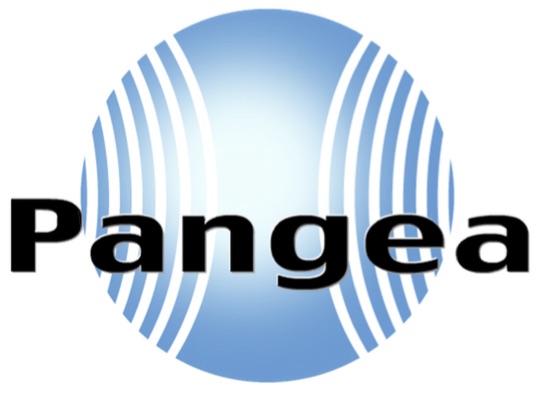The shortest path to increased revenue is to improve the capabilities of the people who interface with your customers every day.
Selling skills are just that, skills:
Once learned, skills need to be practiced and reinforced, so we encourage management’s involvement.
In order to make the selling process more coachable, we break it down to 6 “BRIDGE” components:
Business Planning
Relationship Building
Investigating Needs
Delivering Solutions
Getting Past Objections
Expecting Obstacles
BRIDGE Selling I
What does it take to become a great player? You have to be talented and you have to execute the fundamentals. The Business Planning Program focuses on the fundamentals of sales strategy and execution. We must first understand many things about the customers that comprise a territory. With that information, we can begin to formulate an understanding of where we are now, where we want to go and how we intend to get there. How we intend to get there will invariably be through some primary targets. Once we have defined our primary targets, we can create detailed sales action plans that, if executed, give us the best chance of success. We need to move these priority targets weekly, prepare vigorously for those critical conversations, and instill a dependable system to follow up. Participants will leave this session with an understanding of what is required in a Reconnaissance Plan, Business Plan, Sales Action Plan, Weekly Plan, Pre-Call Plan, and Post-Call Plan.
BRIDGE Selling II
The foundation of consultative selling is that customers must first trust before they will buy. In sales, we can’t achieve our goals in a vacuum. We need other people to do that, and that can only happen if we build a meaningful relationship with them; a relationship built on mutual trust, respect and credibility. The Relationship Building program examines the various stakeholders involved in making a buying decision and what is important to them as well as a tailored approach for appealing to different personality types. The program will teach and allow students to practice specific tactical techniques using current call scenarios.
Doug’s Cube – Advanced Probing
Doug’s Cube is a tactical skill set for understanding needs, building trust, and developing relationships. Its genesis is rooted in Attribution Theory in which understanding others’ situations improves overall cognitive awareness and trust. It is a skill that is easy to understand but difficult to master. The participants will learn to listen differently during customer interactions by keying in on customer responses and subsequent sales replies. When Doug’s Cube is understood and mastered, the participant’s problem-solving ability and creative skills will be greatly accelerated.
Key Account Planning
For experienced as well as new Sales Representatives, this program has a pre-work requirement that asks participants specific questions about their current customers. The participants will be asked to analyze and design an effective strategy for dealing with the information that is acquired during the pre-work assignment. Participants will leave with a detailed plan on how to move their business forward in their respective territories. The experienced Sales Representatives collaborate on solutions while the newer Representatives gather valuable insight.
Navigating Health Care Economics
Over the last decade, anyone selling in the medical device space has recognized a power shift in the hospitals on which they call. There was a time when the using physician dictated to the hospital the devices he/she wanted to use. Today, more physicians work directly for the hospital and other stakeholders have significantly more influence on device purchases than they have in the past. This program is designed to determine who those stakeholders are, by what criteria they make purchasing decisions, and how a company can position its offering to appeal to these increasingly influential stakeholders.
Negotiating
The aspects of negotiation will be incorporated into multiple simulation activities that will allow the participants to discover the skill, activities, and tactics of negotiation. The goal of collaborative vs. positional negotiation will be thoroughly reviewed and the skills necessary for successful outcomes will be practiced. The participants will gain insight into value added negotiations and take away a value list specific to their industry. The five negotiations that they will experience during the program will become more involved as they move through the program, culminating in an industry specific simulation on the last day.
Train the Trainer
The Train the Trainer program is designed to take advantage of the collective wisdom in the field, keep top performers’ motivation high, and prepare the next generation of leaders to perform at the next level while creating a pathway for new hires to reach productivity sooner. The program is delivered in five parts:
- Determine what areas of knowledge and skill a new hire needs to be expert.
- Determine how to break those subjects into smaller, more coachable components.
- Educate the field trainers on employees’ motivation to learn.
- Agree on who is responsible for what in the learning process.
- Walk through the practical components of field rides (preparation, execution, and feedback).



